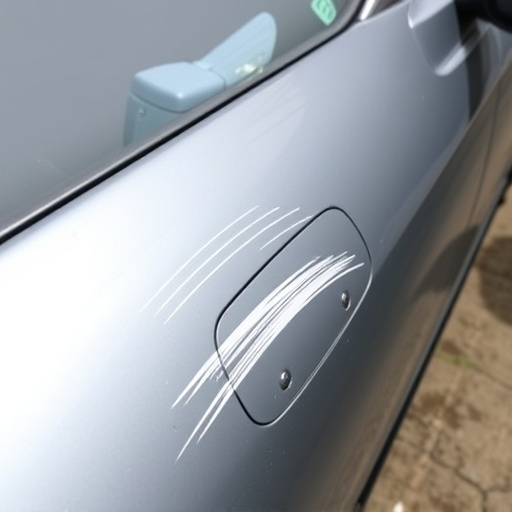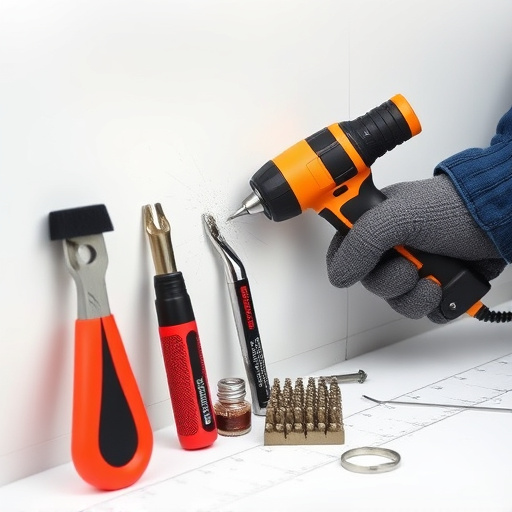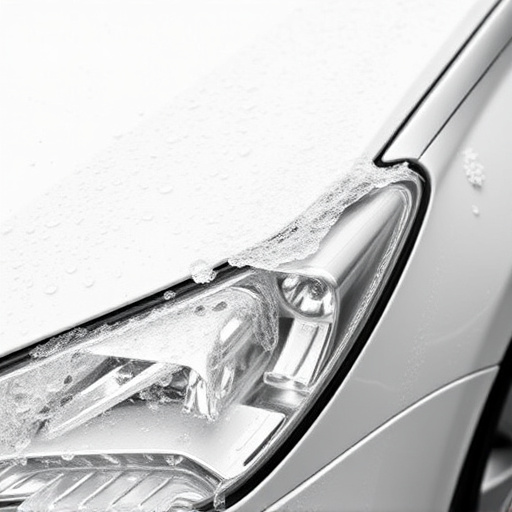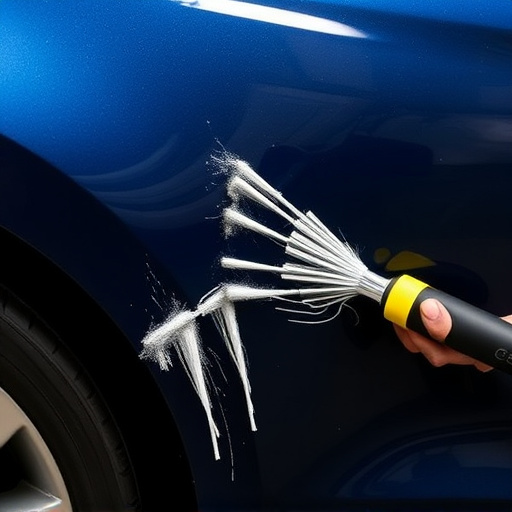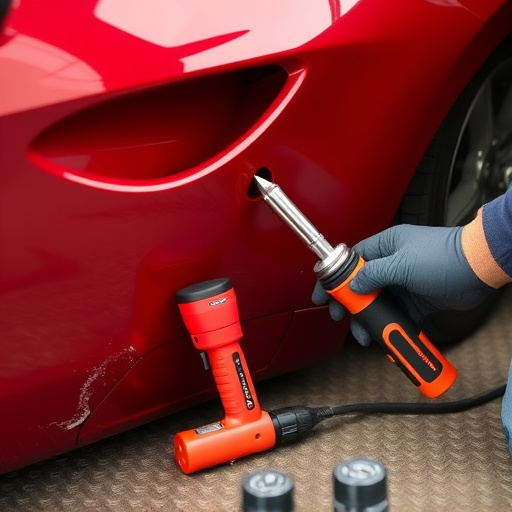Mercedes run-flat tire replacement requires specialized knowledge and tools. It involves removing damaged tires, inspecting wheels and valve stems, replacing compromised valve stems, reassembling with proper torque, and testing pressure for integrity. Post-replacement, regular manual tire pressure checks are vital to maintain safety and system effectiveness, preventing issues like uneven wear and reduced fuel efficiency.
Mercedes vehicles are renowned for their advanced technology, including the innovative Run-Flat tires. However, these high-performance tires aren’t immune to damage, especially valve stems. This guide delves into the process of replacing Mercedes Run-Flat tires affected by damaged valve stems. We explore the unique challenges and provide insights on ensuring proper inflation and safety after such replacements, offering a comprehensive resource for owners navigating this crucial maintenance task.
- Understanding Mercedes Run-Flat Tires and Valve Stem Damage
- The Process of Replacing Run-Flat Tires on Mercedes Vehicles
- Ensuring Proper Inflation and Safety After Tire Replacement
Understanding Mercedes Run-Flat Tires and Valve Stem Damage

Mercedes run-flat tires are designed to maintain vehicle stability and safety in case of a puncture by using a special internal air pressure distribution system. However, these advanced tires are not immune to damage, particularly at their valve stems. Valve stem damage can occur due to various reasons such as road debris, improper inflation pressures, or manufacturing defects. When the valve stem is compromised, it not only affects the tire’s performance but also poses a potential safety hazard.
Understanding the intricacies of Mercedes run-flat tire replacement, especially when dealing with damaged valve stems, is crucial for both vehicle owners and auto repair shops. Auto painting and automotive body work professionals need to be adept at identifying the issue and carrying out repairs that not only replace the faulty component but also ensure the integrity of the entire tire system. This involves careful inspection, precise replacement, and proper adjustment to maintain the tire’s structural integrity and optimal performance.
The Process of Replacing Run-Flat Tires on Mercedes Vehicles

Replacing run-flat tires on Mercedes vehicles involves a specialized process designed to ensure safety and maintain the vehicle’s integrity. It begins with removing the damaged tire, which requires specific tools and knowledge due to the unique construction of run-flat tires. Once the old tire is off, technicians inspect the wheel, rim, and valve stems for any damage or wear. In cases where the valve stems are compromised, replacement is crucial for proper air pressure retention and safe driving.
The process continues with careful disassembly of the wheel to gain access to the valve stem assembly. This often involves removing hub caps, wheel bolts, and other components. After the old valve stems are removed, new ones are installed, ensuring they align correctly and fit snugly. The wheel is then reassembled, torqued to specification, and mounted back onto the vehicle. Finally, a pressure test is conducted to verify the tire’s integrity and ensure it meets Mercedes’ safety standards for run-flat tires. This meticulous approach guarantees that your Mercedes vehicle remains safe and reliable on the road, even after experiencing damaged valve stems.
Ensuring Proper Inflation and Safety After Tire Replacement
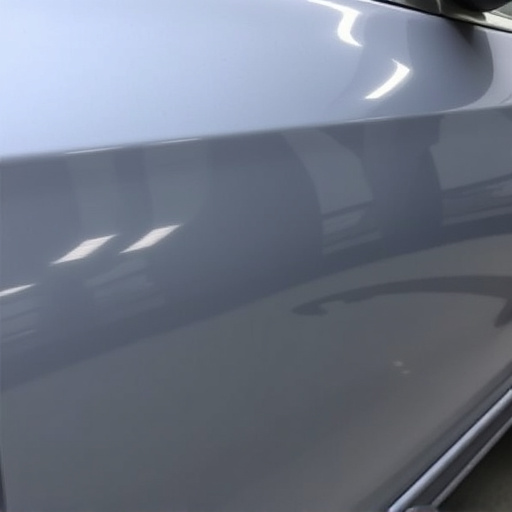
After a Mercedes run-flat tire replacement, ensuring proper inflation and safety is paramount. Once the new tire is in place, it’s crucial to check the pressure to maintain optimal performance and prevent sudden deflations, which can compromise both handling and safety. Many modern vehicles, including Mercedes models, come with tire pressure monitoring systems (TPMS) that alert drivers when pressure drops below safe levels. However, manual checks are still necessary, especially after any tire service, to ensure the TPMS is functioning accurately.
Proper inflation ensures not only a smooth ride but also protects against future damage. Improperly inflated tires can lead to uneven wear, reduced fuel efficiency, and even more serious issues like tire bursts. For Mercedes owners, maintaining the vehicle’s original specifications for tire pressure is essential for preserving the run-flat tire system’s effectiveness. Remember that a quick check before driving away can go a long way in ensuring your safety on the road and maximizing the life of your new tires—a critical aspect of overall car maintenance, similar to how regular car dent removal or frame straightening contributes to your vehicle’s longevity through correcting structural damage.
When dealing with damaged valve stems in your Mercedes’ run-flat tires, prompt action is crucial for maintaining safety and vehicle performance. Understanding the unique characteristics of these tires and their replacement process ensures a smooth experience. With proper care and regular maintenance, you can extend the life of your Mercedes’ run-flat tires, ensuring a safe and efficient ride. Remember, when it comes to Mercedes run-flat tire replacement, seeking professional assistance is key to achieving optimal results and preserving your vehicle’s integrity.







